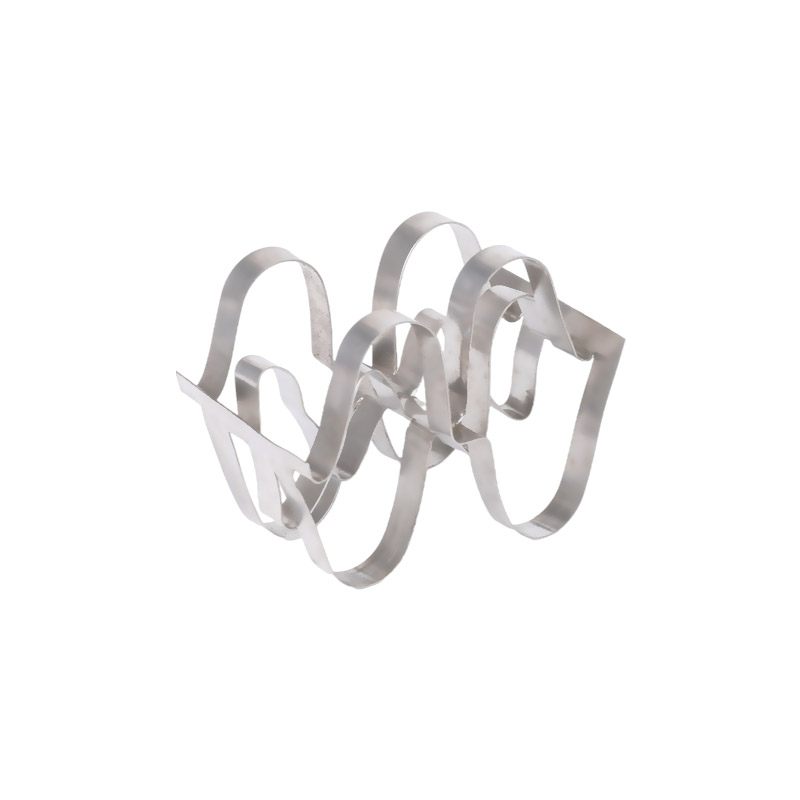Metal Random Packing is used in a variety of applications, including gas and liquid separating, absorbing, and cooling. These pieces of filtration media come in a number of different shapes and are made from various materials.
The Shape of the Pieces Matters
The shapes of a random packing media determine its total surface area, wetting area, and more. This can make the difference between a packing that works well for your process and one that doesn't.
Increased surface area increases the amount of vapor-liquid contact, which results in increased efficiency. The larger the random pieces are, the more surface area they can provide.
Choosing the right material for your application is important because it should be durable and resistant to fouling and corrosion. In addition, it should also be affordable as per your budget.
A high strength-to-weight ratio is a good indicator that the random pieces can handle mechanical stress and be durable over time. This can ensure that the tower will last as long as possible without needing to be replaced.
The size of the random packing pieces should also be a consideration when choosing the best option for your tower. The larger the pieces are, the more void space they have inside them and thus the more capacity the tower will have.
This allows the vapor to travel up through the pieces and creates a more efficient tower. Additionally, it increases the amount of liquid that can be separated and absorbed from the system.
Another factor that should be considered when choosing the right random packing is the material thickness of the random pieces. Increasing the material thickness will help it resist a variety of mechanical weak points and make it more suitable for highly corrosive environments.
PTFE is a popular choice for random packing because it is resistant to temperature, corrosion and chemical damage. It is also extremely strong and can withstand compression.
Aluminum is an alternative for random packing that can withstand high temperatures, oxidation, and chemicals. It is also resistant to bending and can be filled with glass fibers for added rigidity.
Other types of random packing are also available, including Pall rings and Raschig rings. These are less sophisticated versions of the random packing materials that were first introduced to the market but are still effective in some circumstances.
Raschig Rings are smooth, cylindrical packings that are primarily used for separating corrosive materials and do not have any ribs or other textured elements. They are expensive and have low capacity, but they can be effective when a large amount of corrosive material is being separated from the fluid.
Pall Rings are similar to Raschig Rings and can be made from a variety of materials. They are a great option for separating corrosive materials, but they are not as effective as other random packing options.
 METAL SUPER RASCHIG RING
METAL SUPER RASCHIG RING
METAL SUPER RASCHIG RING
The design of the Super Raschig Ring offers an optimal solution to industry's demands for a modern heavy-duty packing. Unlike previous packing shapes, the Super Raschig Ring avoids the droplet formation which is such a frequent interference accompanying large gas loads. The Super Raschig Ring has a more than 30% greater load capacity, an almost 70% lower pressure drop and a mass transfer efficiency exceeding that of conventional metal pickings by over 10%.


 English
English Español
Español







